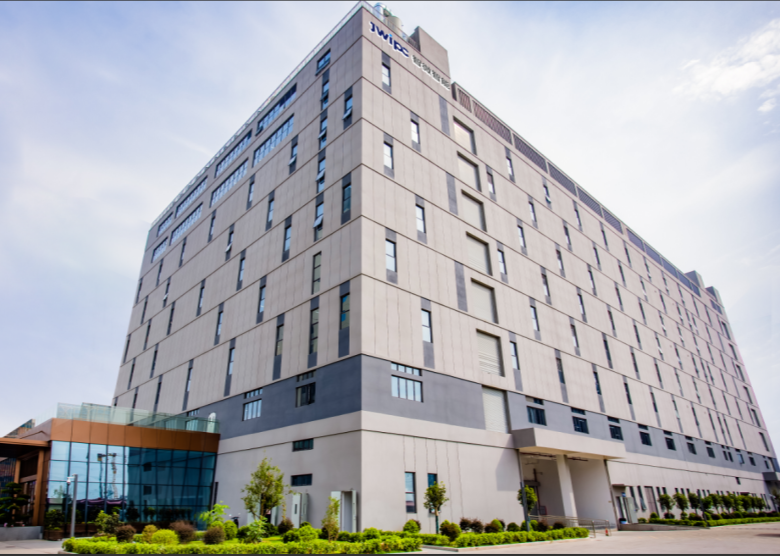Upgrading digital signage infrastructure is a strategic imperative for maintaining a competitive edge, enhancing visual performance, and improving operational efficiency. The transition from legacy Open Pluggable Specification (OPS) modules to a modern AI OPS PC represents a significant leap forward in processing power and graphical capabilities. A well-planned migration strategy is essential to ensure a seamless upgrade, minimize downtime, and maximize the return on investment from this powerful new technology.
This guide provides a structured framework for migrating your existing digital display network, outlining key considerations for hardware compatibility, software transition, and system deployment. The objective is to facilitate a smooth and efficient upgrade process that unlocks the full potential of Intel's advanced Alder Lake architecture.

A Strategic Approach to Modernization
A successful migration is built on careful planning and a clear understanding of the technical requirements. The inherent modularity of the OPS standard simplifies the physical upgrade, but a comprehensive strategy addresses the entire technology stack.
Step 1: Hardware and Compatibility Audit
While the OPS standard ensures mechanical and electrical compatibility, it is crucial to verify that your displays can fully leverage the advanced output capabilities of the Intel Ultra platform, such as 8K resolution or multi-display 4K output. Confirm that your display’s OPS slot and internal connections align with the specifications of the new module. "A meticulous compatibility check upfront prevents unforeseen integration challenges and ensures that the hardware can perform to its maximum potential upon deployment."
Step 2: Software and Content Migration Plan
Before swapping the hardware, validate that your Content Management System (CMS) and any specialized playback software are fully compatible with the new platform’s architecture and operating system. It is best practice to test the complete software stack on a new AI OPS PC in a controlled, offline environment. This allows you to identify and resolve any driver or software compatibility issues without impacting your live signage network. This is also the ideal time to optimize content to take advantage of the superior media decoding and graphical performance of the new hardware.
Step 3: Phased Deployment and Testing
For large-scale networks, a phased rollout is the most prudent approach. Begin by upgrading a small, representative subset of displays to serve as a pilot group. Monitor these units closely to confirm system stability, content performance, and network connectivity. This allows you to address any final adjustments before proceeding with a full-scale deployment, ensuring a predictable and successful network-wide upgrade.
About JWIPC
At JWIPC, we take pride in offering cutting-edge solutions for digital signage. As a leading AIoT hardware solution provider, we are committed to empowering intelligent industrial development with a robust and innovative hardware infrastructure. Our extensive portfolio includes a range of high-performance OPS modules designed to meet the evolving demands of the global digital signage market.
Seamlessly Upgrade Your Signage Network
Ready to elevate your digital signage performance with a seamless technology refresh? Contact JWIPC today to explore our AI OPS PC solutions and get expert guidance for your migration strategy.




